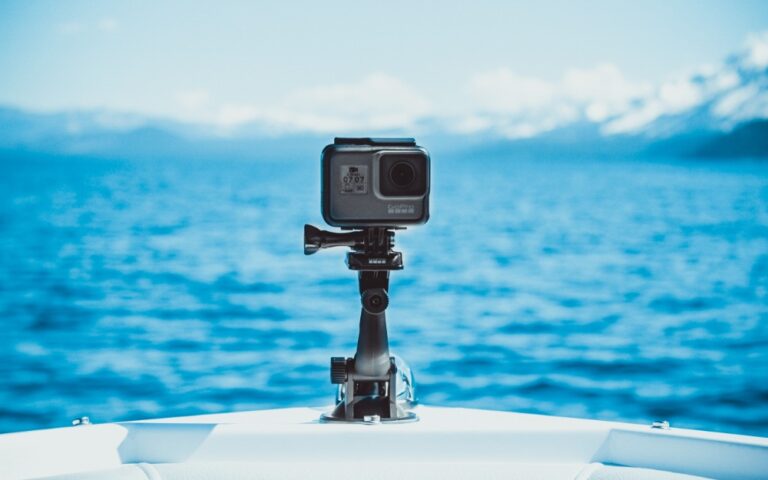If you’ve ever clicked on an online ad or a promotional link, chances are you’ve landed on what marketers call a landing page. But what exactly is a landing page, and why is it crucial for digital marketing success?
In this comprehensive guide, we’ll explain what landing pages are, their purpose, types, benefits, and how to create high-converting landing pages for your business or website. Whether you’re new to online marketing or a seasoned business owner, understanding landing pages is essential to boosting conversions, generating leads, and increasing ROI.
What is a Landing Page?
A landing page is a standalone web page created specifically for marketing or advertising purposes. Unlike typical website pages (such as the homepage or service pages), a landing page is designed with a single focused objective — often referred to as a Call to Action (CTA).
This CTA could be:
- Signing up for a newsletter
- Downloading an eBook or guide
- Making a purchase
- Booking a consultation
- Registering for a webinar
- Claiming a coupon or discount
Landing pages are usually linked from email campaigns, social media ads, Google Ads, or banner ads, and are optimized to convert visitors into leads or customers.
Why Are Landing Pages Important?
Here are key reasons why landing pages are essential for online marketing:
1. Focused Conversion Goals
Unlike general webpages, landing pages eliminate distractions and guide users toward a specific action, increasing the conversion rate.
2. Lead Generation
Landing pages are a core component of lead generation funnels, especially in B2B marketing. By offering value in exchange for contact details, they help build targeted email lists.
3. Performance Tracking
Marketers can easily track the success metrics of a landing page such as bounce rate, click-through rate, form submissions, and conversions — helping with A/B testing and optimization.
4. Improved Paid Advertising Results
Sending ad traffic to a landing page instead of a homepage improves Ad Quality Score, reduces cost-per-click (CPC), and increases conversions.
Types of Landing Pages
Not all landing pages are the same. Here are the most common types:
1. Lead Capture Pages
Also known as squeeze pages, these focus on collecting user information like name, email, or phone number. They typically offer something valuable in return, such as a free eBook, checklist, or trial.
2. Click-Through Pages
These are used in eCommerce or SaaS marketing. Instead of collecting information, they warm up users and encourage them to click through to another page — often the checkout page.
3. Sales Pages
Long-form landing pages that provide detailed information about a product or service with persuasive copywriting to encourage purchases.
4. Thank You Pages
These are shown after the user has completed a CTA. They confirm the action and often serve as a place to upsell or promote another offer.
5. Product Launch Pages
Used during new product or feature announcements, focusing on building anticipation and collecting early sign-ups.
Elements of a High-Converting Landing Page
A well-designed landing page is not just about visuals — it’s about strategy and user psychology. Here are the key elements of an effective landing page:
1. Compelling Headline
Your headline must clearly convey the value proposition and grab attention in under 5 seconds.
2. Engaging Subheadline
This supports the headline by giving additional context or benefits.
3. Visual Elements
Images or videos should enhance understanding of the offer. Product screenshots, explainer videos, or customer photos help increase trust.
4. Concise Copy
Write in a clear, benefit-driven style. Use bullet points, bolding, and short paragraphs to make content scannable.
5. Clear CTA (Call to Action)
The CTA button should be visible, action-oriented (“Download Now”, “Get Free Trial”), and repeated in key positions on the page.
6. Lead Form
Keep forms short — ask only for necessary information. The fewer the fields, the higher the conversion rate.
7. Social Proof
Add testimonials, customer logos, star ratings, or user reviews to build credibility.
8. Trust Indicators
Include secure badges, guarantees, or privacy policies to reduce friction and boost user confidence.
SEO and Landing Pages: Do Landing Pages Help With SEO?
Landing pages can help with search engine optimization (SEO) if designed with care. However, many landing pages are built specifically for paid traffic, not organic.
If you want your landing page to rank on Google:
- Use keyword-rich headings and meta descriptions
- Optimize images with ALT text
- Ensure mobile responsiveness
- Improve page speed
- Avoid duplicate content
Tools like Unbounce, Instapage, Leadpages, or even WordPress with Elementor or Gutenberg can help you create SEO-friendly landing pages.
Landing Page vs. Homepage: What’s the Difference?
Homepage:
- Acts as the main entrance to your website
- Offers multiple navigation paths
- Serves general information about your business
Landing Page:
- Created for a specific marketing campaign
- Has one goal and one CTA
- Removes distractions like menus or external links
In essence, if your homepage is like the front door of your house, a landing page is like a private meeting room with a single purpose.
How to Drive Traffic to Landing Pages
Even the best-designed landing pages won’t work unless they get traffic. Here are popular ways to drive targeted visitors:
- Google Ads (PPC campaigns)
- Facebook and Instagram Ads
- Email Marketing
- YouTube Ads or video campaigns
- SEO and blogging
- Affiliate Marketing
- LinkedIn Ads (B2B)
- SMS marketing or WhatsApp campaigns
Make sure you segment your audience and personalize the message to boost relevance and results.
Best Practices to Optimize Landing Page Performance
- A/B test headlines, CTAs, and visuals
- Remove top navigation bars
- Use heatmaps to analyze user behavior
- Make forms short and mobile-friendly
- Limit exit options (no external links)
- Use urgency and scarcity (e.g., countdown timers)
- Keep your messaging consistent with the ad or email that brought the user to the page
Final Thoughts
Landing pages are the backbone of modern digital marketing. Whether you’re building an email list, promoting a product, or running ads, a high-converting landing page can transform visitors into valuable leads or customers.
If you’re not using landing pages yet, you’re likely leaving conversions and revenue on the table. Start with a clear goal, write persuasive copy, and design with the user in mind — and you’ll be well on your way to better results.

